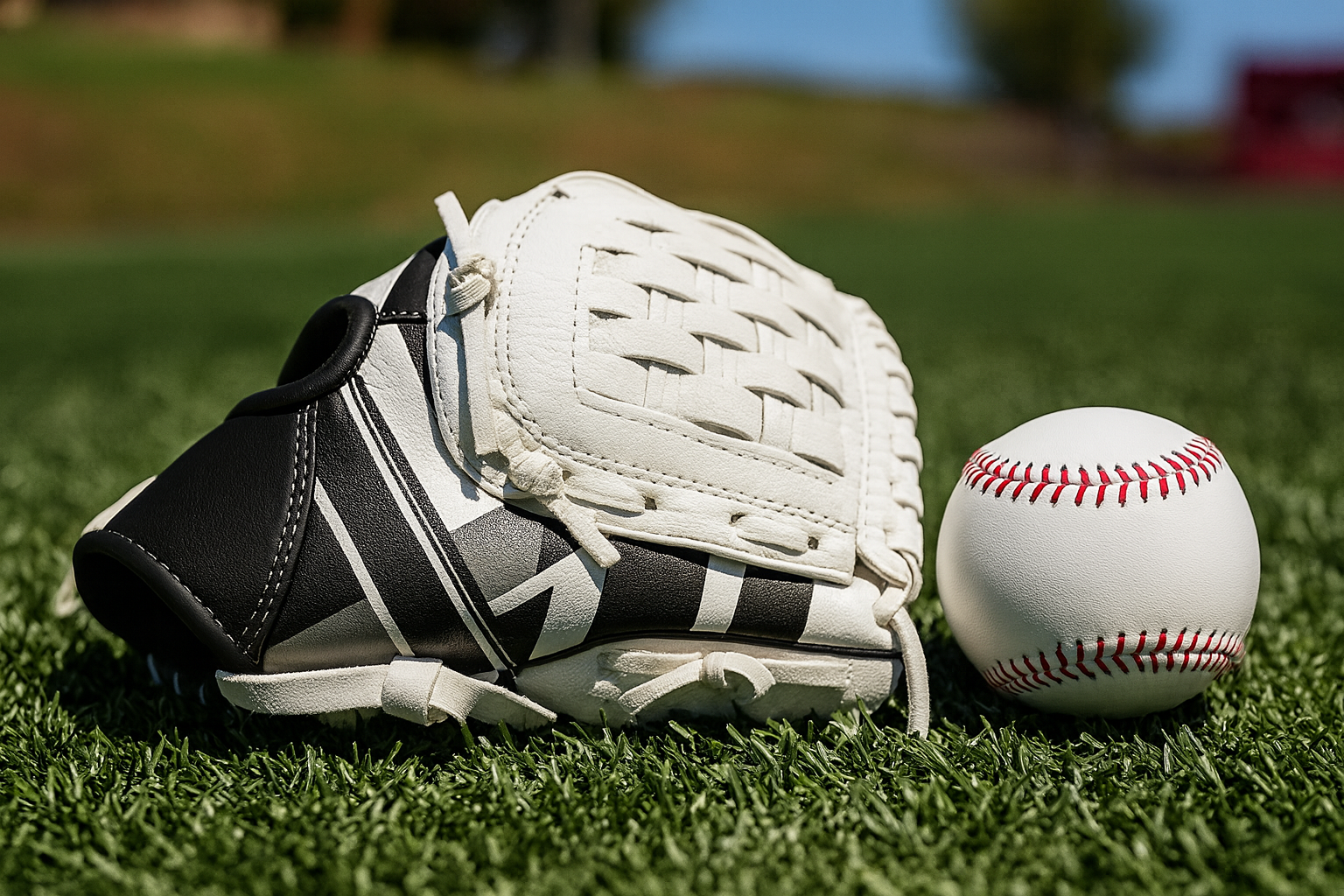A glove and a set of catcher’s gear are two of the most important pieces of equipment in baseball. They protect players, boost confidence, and directly affect performance on the field. But to work properly, both need to be fitted correctly and broken in the right way. Rushing the process or ignoring proper care can lead to discomfort, poor performance, and even safety risks.
Fitting a Baseball Glove
When choosing a glove, size and position matter. Infielders typically use smaller gloves (11–11.75 inches) for quick transfers, while outfielders need longer gloves (12–12.75 inches) for greater reach. Pitchers often prefer gloves that conceal their grip, while first basemen and catchers use specially designed mitts. For youth players, manufacturers provide recommended glove sizes by age group, but the best fit always comes from trying it on.
The glove should feel snug but not overly tight. Players should be able to open and close it comfortably without straining. For younger athletes, avoid oversized gloves “to grow into”—these can hinder development and make catching difficult. A well-fitted glove should feel like an extension of the player’s hand.
Breaking In a Glove
A new glove is stiff and requires a break-in period to mold it to the player’s hand. The best break-in process combines patience and consistent use:
- Play catch often. Nothing shapes a glove better than catching real baseballs.
- Form the pocket. Repeatedly squeeze a ball into the glove’s pocket, tying it shut overnight if desired.
- Use approved conditioners. A light application of glove oil or conditioner softens leather, but avoid over-saturating. Too much product can damage the glove.
- Avoid shortcuts. Microwaving, soaking in water, or baking a glove may soften it quickly but drastically reduce its lifespan.
The goal is a glove that closes naturally around the ball, fits comfortably, and holds its shape season after season.
Fitting Catcher’s Gear
Catcher’s gear is all about protection and mobility. Ill-fitting gear can slow a catcher down or leave dangerous gaps. Proper sizing should follow the manufacturer’s guidelines for chest protectors, shin guards, and masks.
- Chest Protector: Should cover from the collarbone down to the waist without restricting movement. The straps should pull snugly, keeping the protector from shifting when the catcher moves.
- Shin Guards: Should cover from just below the knee cap to the top of the cleats. They need to fit snugly but still allow quick lateral movement.
- Mask or Helmet: Must fit securely, offering full coverage of the face and jaw. A helmet that shifts during play compromises safety.
When in doubt, many suppliers offer fitting nights or size charts to ensure catchers are properly equipped.
Breaking In Catcher’s Gear
Unlike gloves, most catcher’s gear requires minimal break-in. However, it does benefit from being worn gradually. Encourage the catcher to wear full gear during bullpen sessions and drills to get used to the weight and mobility. Adjust straps over time as the gear conforms to the body. Regularly check for loose straps, worn padding, or cracked plastic, replacing items as needed for safety.
The Bottom Line
A properly fitted and broken-in glove helps a player perform with confidence, while well-sized catcher’s gear ensures both safety and agility. Taking time to fit and care for this equipment is an investment in performance, comfort, and long-term durability—helping athletes focus on the game instead of their gear.

